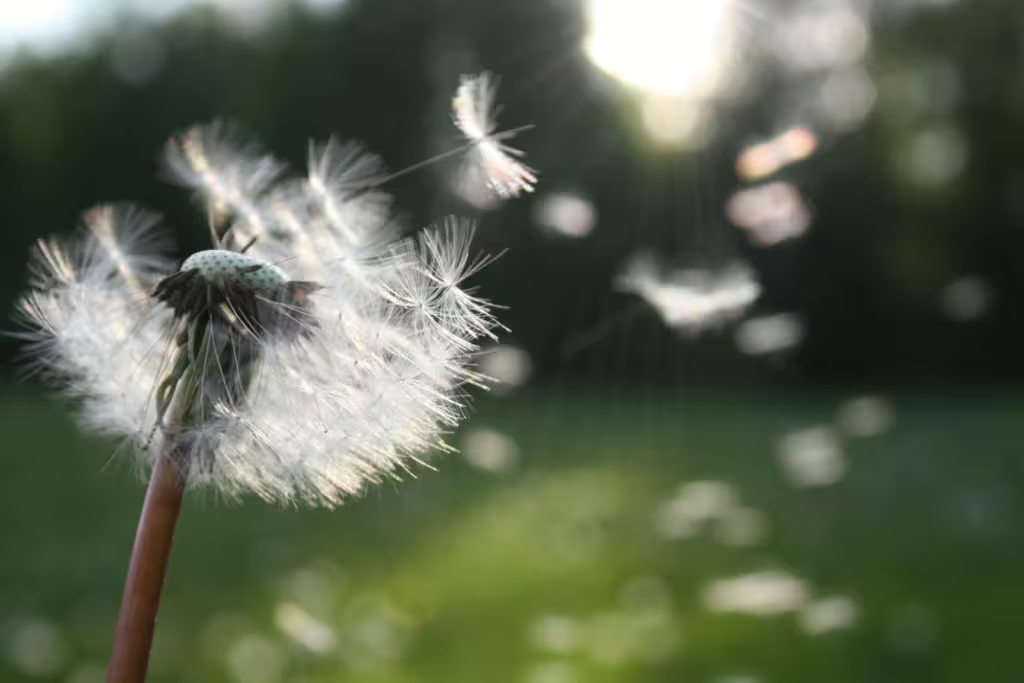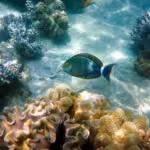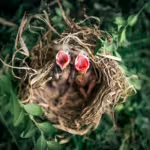Every plant on Earth, from the tiniest sprout to the tallest redwood, begins its lifecycle as a seed. Continuing our exploration of parental figures in the natural world, True Investigator has decided to take a momentary departure to discuss not the parents of the plant world; but the offspring.
Seeds come in as many shapes and sizes as the plants that produce them. They can be microscopic specks that cannot be perceived by the naked eye or coconut-sized giants with a hard outer shell. Of all the remarkable adaptations in the plant world, seeds might be the most worthy of exploration. Each seed contains a genetic blueprint for the plant that bore it, as well as the stored energy that will allow it to grow into that plant.
On every continent, seeds have evolved unbelievable methods to overcome their mostly stationary existence. Where some have adapted to thrive in harsh environments, others have sprouted ways that enable them to spread across vast distances, either on the backs of animals or via the wind and rain. Some seeds can stay dormant for decades, waiting until just the right time to come to life. In some remarkable cases, seeds will require the assistance of cold temperatures, fungi, insects, or even fire to meet the right conditions for germination.
In this article, we will take a trip around the globe, venturing into deep, dark jungles and vast, colorful meadows, to discover how amazing a simple seed can truly be. As we travel, we will explore a unique sampling of the world’s most unusual seeds and germination techniques.
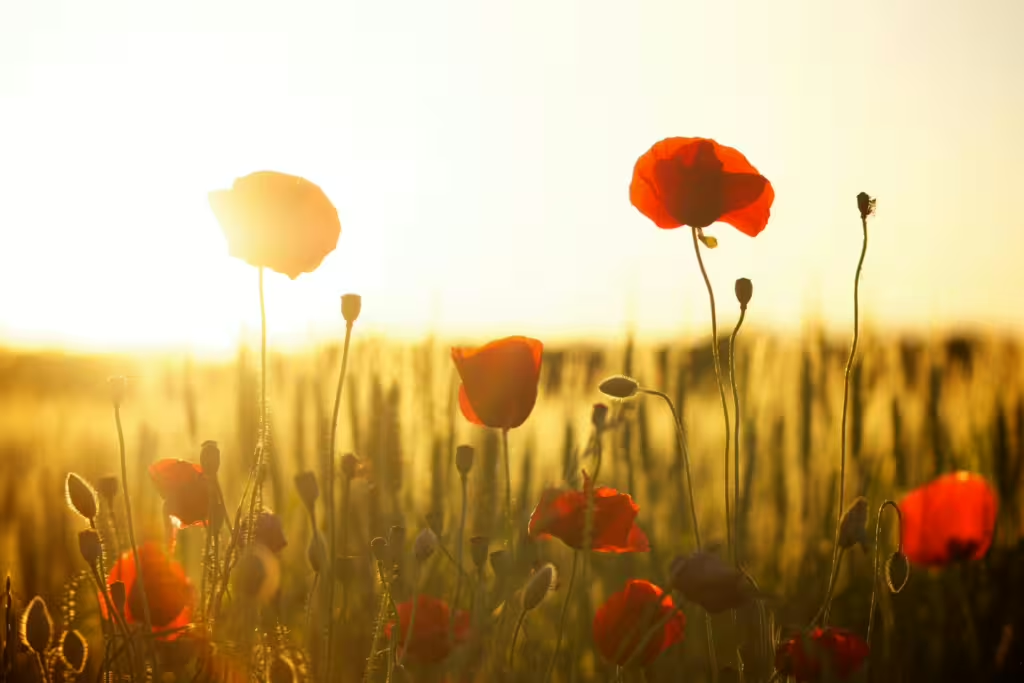
The Story Behind Seeds
Readers without any sort of botanical background may not be aware of how and why plants use seeds to reproduce. For those readers, we have put together a bit of a refresher on plant reproduction. The short version is, that plants use seeds to reproduce because they are efficient. Seeds have been a reliable method of plant reproduction for billions of years. Each one contains a tiny, undeveloped plant (called an embryo), along with a portable food supply, all tucked behind a protective outer coating. This coating allows the seed to survive harsh conditions like drought, cold, or poor soil, enabling it to wait until the environment is right for actual growth.
Plants, being stationary lifeforms for the most part, cannot simply drop their eventual offspring at their roots and expect that the future seedlings won’t compete agains them for space, sun, and water. This is yet another reason that seeds work well for plants. Seeds enable plants to spread and grow far from the parental plant. They can be carried by wind, float on water, or hitch a ride on the back of a passing animal. Some might even hitch a ride within the animal’s digestive tract, counting on their tough outer shell to get them safety passed through. This dispersal is an essential part of plant reproduction, as it reduces competition for resources like sunlight, water, and nutrients, and helps plants colonize new areas.
Finally, seed production is more energy-efficient than constantly growing new shoots or roots. Indeed, once a plant creates seeds, those seeds can remain dormant for a good long while; weeks, months, or even years. This built-in timing system increases the chance that the new plant will survive when it does eventually grow.
The World’s Largest Seed: The Coco de Mer
The title for world’s largest seed does not—as many readers might incorrectly guess—go to the giant redwood tree. That title belongs to a plant called the Lodoicea maldivica, otherwise known as the Coco de Mer. This plant is native to only a few islands in the Seychelles archipelago and it produces the largest, heaviest seed presently known to man. How big, you may ask? Why, absolutely massive; bigger than you can imagine. Most Coco de Mer seeds can weigh a whopping 66 pounds and look a bit like a double coconut to some….or a lower portion of a female human anatomy to others.
Because of their weight, it’s safe to assume that Coco de Mer seeds are not going to travel on the breeze or even hitch a ride on a mammal’s back. They cannot travel far from the parent tree at all, in fact. To make up for this innate lack of mobility, germination of these seeds is a slow as they are large; taking upwards of two years or more for a seed to fully germinate. After that, it is another few years before a Coco de Mer seedling produces its first leaves.
This ingenious bit of evolutionary engineering allows the young palm tree to grow slowly but steadily in the nutrient-poor soils of its native habitat. It is a rare example of an organism perpetually making a massive investment in a single seed, but finding a way to ensure its success, even in a difficult ecosystem.
Dormant for Decades – The Kurrajong Tree
Australia is a lot larger than most non-Australians realize and a great huge swath of the interior of the continent is composed of arid, difficult terrain. In this dry island interior, the Kurrajong tree had found that the best way to ensure its species survival, is to sit and wait…for actual decades. Scientifically known as the Brachychiton populneus, the seeds of this remarkable tree have evolved a dormancy strategy that ensures they don’t germinate until conditions are just right. Those conditions can only be met if the seed coat on the Kurrajong is broken; something that might not happen for years.
To make matters even more challenging the seeds have an extremely hard, waterproof coat that resists moisture penetration and can only truly be cracked open by fire, the digestive process of an animal, or simple time and weather fluctuations. This is why some Kurrajong seeds lie in wait for decades, awaiting the perfect sequence of environmental cues that will allow it to open and grow at last. This unique adaptation is known as physical dormancy, and it is quite common among plants in arid and semi-arid ecosystems, where water is scarce and the rains are unpredictable.
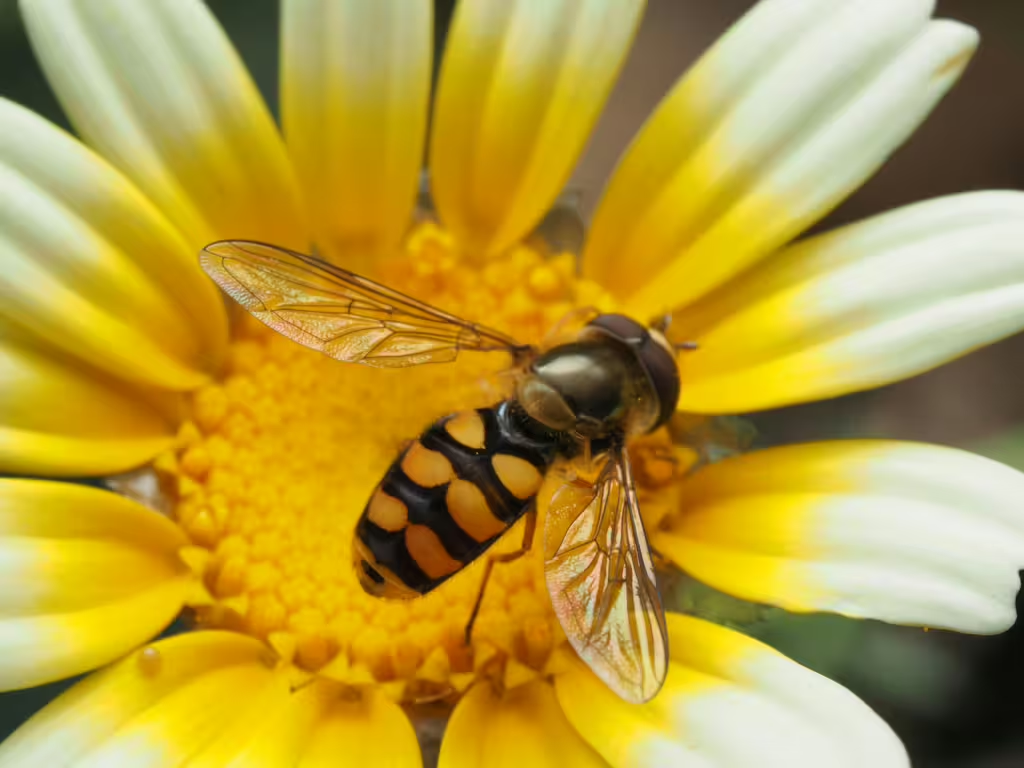
The Bullet Seeds – The Dwarf Mistletoe
When we hear Mistletoe, we often think of the winter holidays, Christmas, in particular. But did you know that the Dwarf Mistletoe of Western North America has a seed dispersal method that is more akin to a Sci Fi or shoot-em-up story than anything born in nature? Also known as the Arceuthobium spp. this plant is a parasite that doesn’t need to rely on wind or animals to bring its seeds out into the world. Instead, the Dwarf Mistletoe grows fruit that basically explode into a shower of seeds once the pressure inside builds up enough. That’s right, the exploding berries on this plant can shoot its seeds outward at speeds of up to 56 mph, launching them as far as 50 feet away from the parent plant!
To ensure the seeds find purchase on anything and everything they encounter in their explosive debut, they are coated in a sticky substance called viscin. This is where the parasite part comes in. The seeds will stick to the branches of nearby trees and plants and if conditions are right, they will eventually penetrate the host tree’s bark and establish themselves within the plant, germinating as a parasite that eventually lives off their new “partner.”
Traveling Seeds – The Sandbur
Sandbur plants can be found in sandy and disturbed soils across many different continents, including the Americas, Africa, and Asia. Known scientifically as Cenchrus spp., these weeds don’t rely on wind or water for dispersal. Instead, they are one of those plants that use other creatures to help spread them around. The seeds themselves are relatively tiny and encased in hard, spiny burs. Those burrs, which is where we get the name, are designed to cling to fur, feathers, clothing, or bare feet.
The thing is, the Sandbur’s burrs have spine that aren’t just sharp, they are irritating. This, in turn, causes the animals they bother to scratch and move around so that they dislodge them. This means the seed will eventually fall off, sinking into the sand and germinating a good distance from the parent plant. In addition, some burs even contain germination inhibitors that delay their sprouting until the burr has been dislodged from its “ride” and has made full contact with soil and moisture.
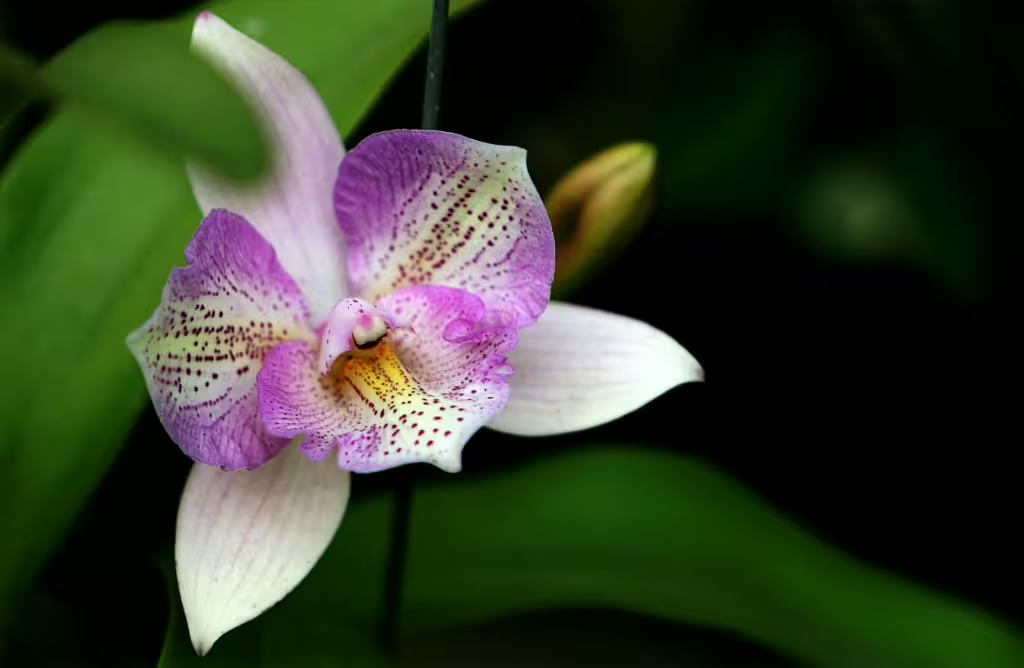
Fungal Seeds – The Orchids
Our final entry is not a weed or a fruit, but a flower. Orchids are known all over the world for their beauty, but even the seeds of these eye-catching flowers are extraordinary. The tiny, dust-like seeds of the orchid species are produced in the millions when they begin to reproduce. These seeds are almost microscopic and they also lack something other plant seeds have and need to germinate; endosperm.
Endosperm is the nutrient-rich tissue found in most seeds that allows them to store energy and germinate on their own, before they become a plant. Without it, the orchids are forced to rely on a symbiotic relationship with mycorrhizal fungi, which invade the seed and supply it with carbohydrates and minerals in exchange for future sugars once the orchid matures. This interspecies interdependence means two things; first, that orchids can only germinate in environments where specific fungi are present and second, that the fungi need the orchids to eventually survive themselves.
True Investigator Says…
As you can see, seeds are not just the thing you pick out of your trail mix. These packets of genetic material have been sculpted by by millions of years of adaptation and evolution. Some can take decades to grow, can lie dormant until they are set on fire or scratched away by an angry barefooter. Some are enormous and difficult to crack, others gust up in microscopic clouds that require additional help from fungi to germinate. No matter the case, the seeds of the world have found ways to overcome their environments, the weather, and their relative inability to move. Within these seeds is the story of life on this planet and they are truly a wonder to behold; bother before and after they sprout!
Discover more from TrueInvestigator
Subscribe to get the latest posts sent to your email.
